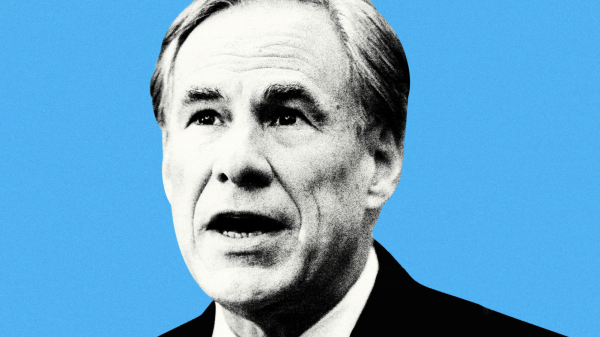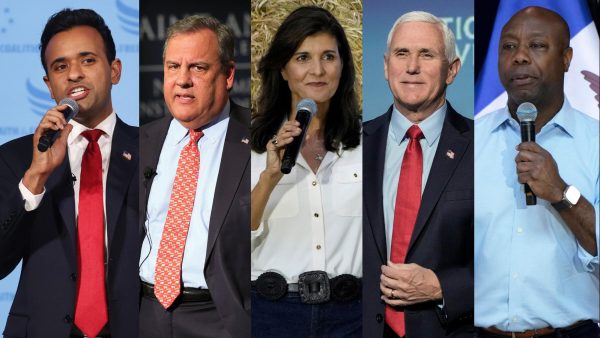Iran, but the Protesters Kept Chasing. Who am I? Freedom
February 27, 2018
Iran is no stranger to protests. In 2009, millions gathered in major cities after a corruption-laden presidential election. Many believed that President Mahmoud Ahmadinejad, who won nearly 63% of the votes, rigged the election. Police and government security responded to the peaceful demonstrations with violence, killing at least 36 people.
Since then, a new protest has surged to the forefront of the political scene, sparked by an economic crisis in the form of food shortages and rising prices. However, violence from the police as well as the spread of social media have transformed these economic grievances into a revolution against the Iranian government.
In December, demonstrations erupted across Iran, leading to the deaths of at least 20 people during clashes with security forces. Protesters demanded more rights and freedom from the Iranian regime, chanting “Death to the Dictator!” Tens of thousands took to the streets calling for the resignation from the current Supreme Leader Ali Khamenei as well as reformist president Hassan Rouhani.
The protest centers around not the current policy or leader, but of the entire structure of the Iranian government. While some parts of the government are democratic, such as its executive and legislative branches, their power is dwarfed by the “Supreme Leader,” a single man who has the power to nullify any action by the president and holds remarkable sway and influence in politics. This hierarchy essentially gives very little power to individual citizens. Demonstrators sought an entire upheaval of this oppressive system, pointing out the corruption and hypocrisy of the state. For many, these protests indicate change, that the Iranian government will have to adapt to the will of the people. Kaivu Hariharan ’20 states that Iranian government will “at least have to seriously reconsider its past actions.”
While many see these continued protests as evidence that Iranian government can and will fall, the answer is not so clear cut. In 2009, despite millions of protesters taking to the streets, no real reform was enacted. The only real action taken was an “investigation” into the elections by the government, which concluded that there were no voter irregularities. With numbers far less than those of 2009, and without any leaders, it is not clear what the demonstrations will achieve. The Iranian government, although it has deployed police, has not taken any drastic steps to stop these protests, leading many to believe that the state is not concerned about these recent developments as they were in 2009.
Although these protests have caused instability and uncertainty, and shake the foundations of the Iranian government, they haven’t been enough to topple it, now or going into the future. It will take much more time and effort before significant progress is able to be made. As Hiren Solanki ‘20 states, “Despite these protests, I think that the Iranian regime is here to stay.”


